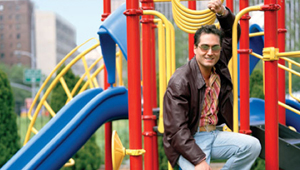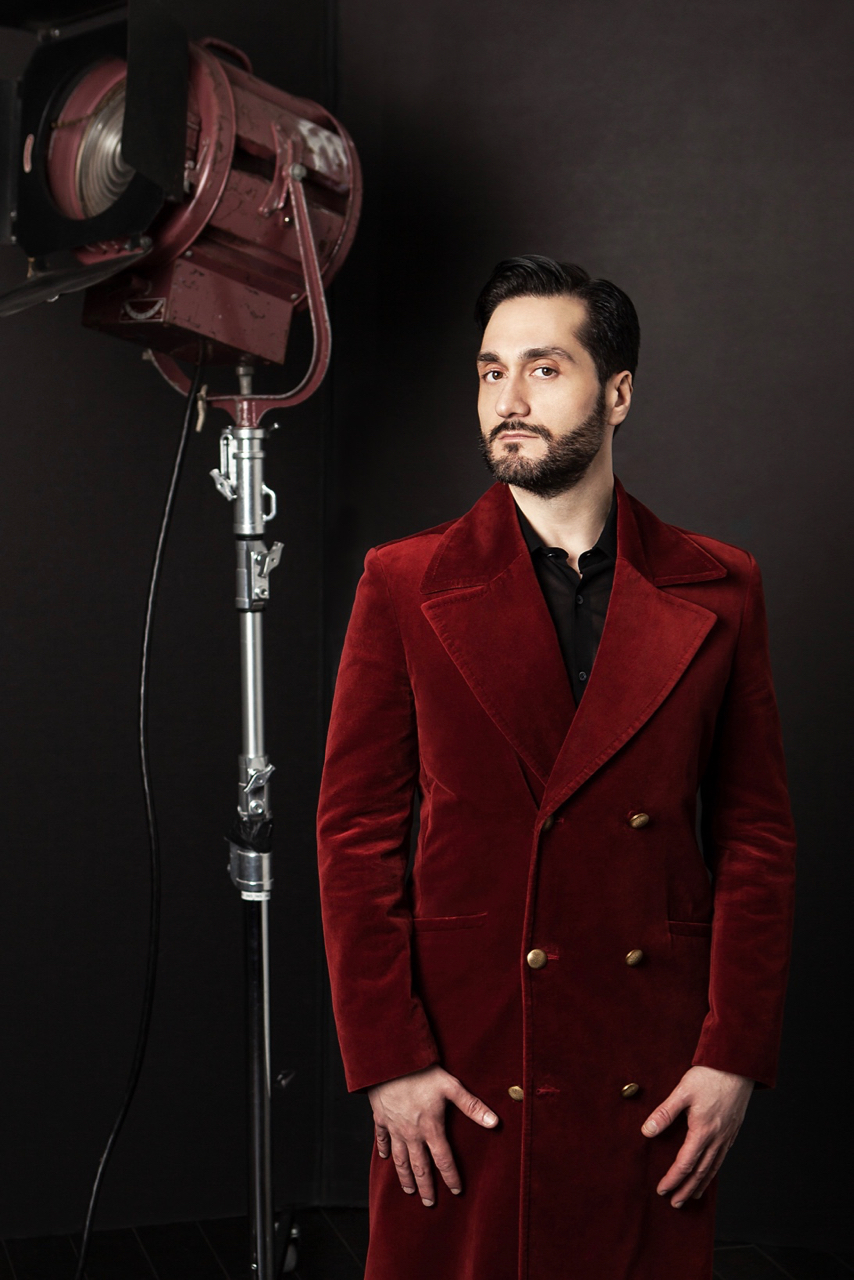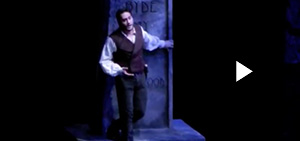Dec 4, 2007
Sound Bites: Giuseppe Filianoti

By Fred Cohn | Opera News
Giuseppe Filianoti won an instant local following when he made his Met debut as Edgardo in the fall of 2005 in Lucia di Lammermoor. The young tenor used his unblemished, firmly knit lyric voice to create long, sculpted phrases whose elegance recalled the singing of his onetime teacher Alfredo Kraus. His success turned his Nemorino, later in the season, into an unexpected hot ticket.
But the fans who had fallen for Filianoti’s broodingly romantic Edgardo encountered a surprisingly different performer at those L’Elisir d’Amores. Here he showed the same bel canto mastery, but now allied with the exuberance of a natural stage comedian.
The earnest, unfailingly polite man I met last spring, the afternoon after one of those ebullient Elisirs, was yet another being – more like a young university professor than a star tenor. In halting but communicative English, the Reggio Calabria-born tenor acknowledges the discrepancy. “A lot of people say to me, ‘Oh, you look normally!'” he says. “I say, ‘I am happy you say this. Because I change and am happy to play out [a character] onstage.'”
Filianoti is adamant about choosing repertoire that suits the essentially lyric nature of his voice. Upcoming engagements include Don José and Massenet’s des Grieux under Marc Minkowski at Paris’s Châtelet. In future seasons at the Met, he is scheduled to sing the Duke of Mantua, Tamino and Ruggero in La Rondine,but this year his sole New York outing comes on February 21 in Cilèa’s L’Arlesiana with Opera Orchestra of New York, Eve Queler conducting. Considering his insistence that he shies away from verismo, the choice raises an eyebrow. “You tell me what person can sing Lamento di Federico with a strong [i.e., dramatic] voice?” Filianoti retorts. “You need a lyric voice. You must do it very not strong or pushy. That is against all the music.”
When Filianoti took his solo curtain call after his last Edgardo, he was greeted by a shower of confetti, flung from the top tiers of the house – a spectacle unlike anything he had ever witnessed in Europe. “I thought to myself, ‘What is this?'” Filianoti says. I explain that it was a hallowed Met tradition; that same paper stream had once greeted the likes of Nilsson and Sutherland. “Oh my God!” he says. “That’s a good sign!”



